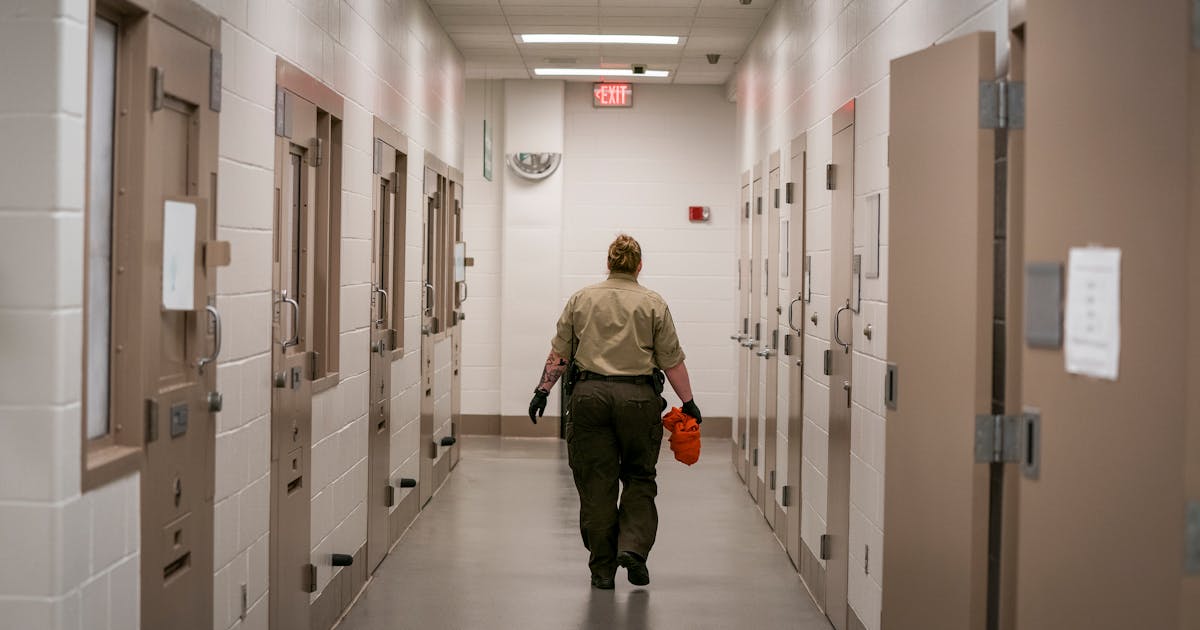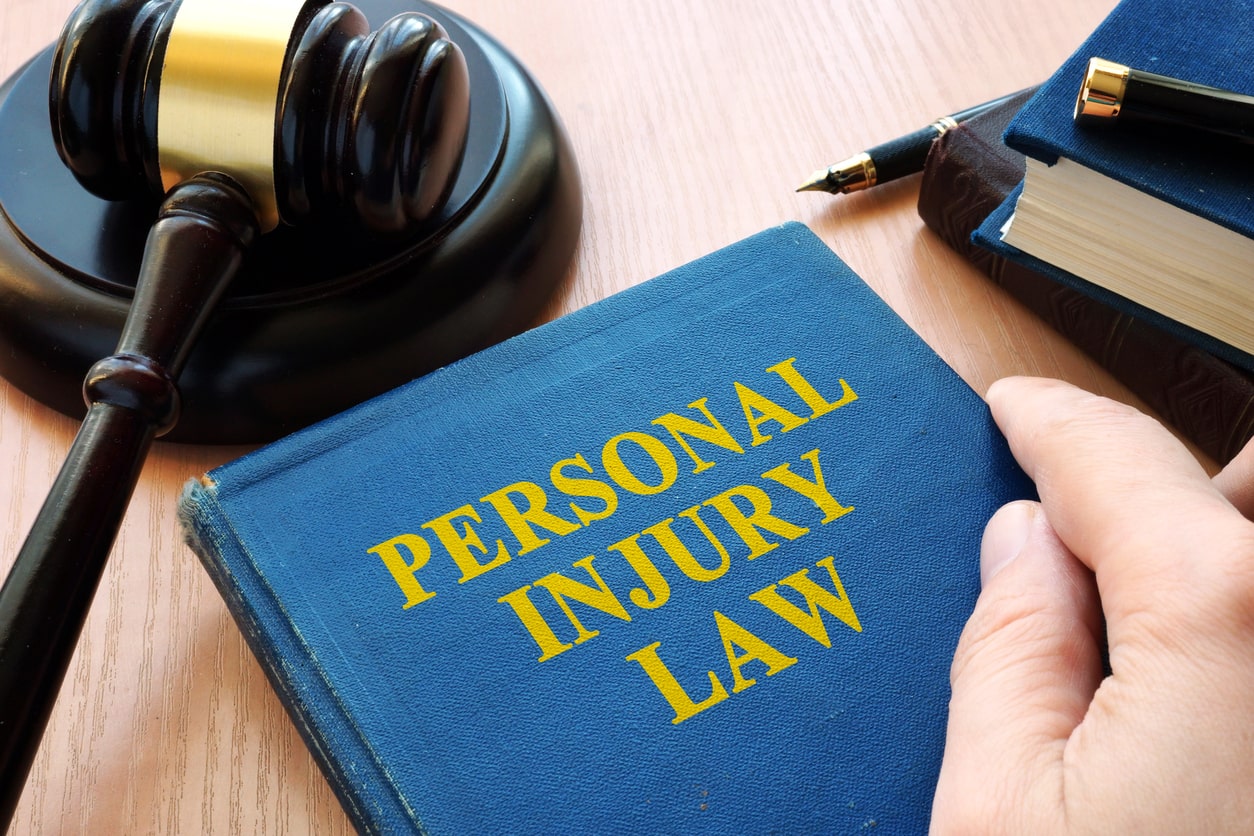“I really don’t get it,” a single male explained to me, on hearing I was a felony regulation professor and a previous prosecutor. “Why are unable to they just lock men and women up following they are arrested rather of owning this revolving door with bail?”
It’s a question I have answered right before, and the respond to starts off with a fundamental theory of American justice: In this state, we are presumed harmless till confirmed guilty. That indicates that we cannot just lock up everyone accused of a criminal offense — it’s not constitutional or ethical to incarcerate millions of people today who are presumed harmless.
That basic principle is reflected in both of those the U.S. and Minnesota Constitutions. The Eighth Modification to the federal Structure establishes that “Abnormal bail shall not be necessary,” and the Minnesota Constitution supplies the exact same point at Write-up 1, Portion 5. The Minnesota Constitution, although, goes even additional in Section 7 and requires that bail be designed accessible in all but the most major circumstances: “All folks in advance of conviction shall be bailable by adequate sureties, other than in capital circumstances where the proof is apparent or the presumption wonderful.” In other phrases, denying bail or necessitating extreme bail is straight-up unconstitutional in this point out in practically all cases.
The concern of bail coverage is a scorching topic suitable now, and usually connected with a spike in violent criminal offense. Statements that the spike in violent crime listed here is owing to “bail reform,” nevertheless, are in all probability unfounded.
1st, Minnesota has not applied huge-scale bail reform, although some courts did briefly regulate policies in the early months of the COVID pandemic to lessen jail populations.
2nd, in states in which bail reform did happen, there has not been a proven url to an boost in criminal offense. For example, in the state of New York, there essentially was sizeable and systemic bail reform in 2019, when the Legislature there eliminated bail for misdemeanors and some nonviolent felonies. Those people reforms came on line in early 2020, meaning that the result of individuals adjustments can now be measured. And these effects are encouraging. Empirical reports by two outside the house bodies, the Comptroller of New York Metropolis and the Brennan Center, concluded that no immediate proof confirmed a website link in between all those reforms and the increase in crime New York seasoned.
At last, the “bail reform” demo balloon as a result in of the spike in some forms of violent criminal offense is punctured by the raw fact that criminal offense went up pretty much uniformly in every metropolis no matter of the bail insurance policies there. According to the Major Cities Chiefs Affiliation, 63 out of 66 municipalities saw a rise in murder, rape, robbery or aggravated assault by early 2021 (the exceptions had been Baltimore County, Baltimore city and Raleigh, N.C.). In other words and phrases, violent crime went up regardless of bail policy greater forces are evidently at perform.
The blaming of bail for violent crime is frequently staked not on information, but on a solitary scenario in which another person out on bail for a lesser offense commits a a lot extra critical a single. The implication is that if we could just deny bail (or impose an unreasonable bail) for those people lesser offenses, we could prevent the more significant crime by holding people guiding bars prior to demo. That’s a quite blunt resource, and one particular that runs afoul of the point out Structure and the bedrock principle that those people accused of crimes are deemed innocent until confirmed responsible.
There is always a trade-off amongst liberty and security that’s the underlying dynamic of legal law. If we deprive a lot more folks of independence, we realize some evaluate of basic safety. Right after all, if we imprison 50 percent the populace, we would incarcerate a amount of people today who normally would commit crimes. We could conceivably amend the Structure — very well, Constitutions (both point out and federal) — and search for basic safety by denying bail fully for a wide swath of lower and mid-stage offenses. The cost in liberty, nevertheless, and the shredding of the presumption of innocence, is also significant a price tag.
As a previous prosecutor who trains long term prosecutors, I pretty a lot want criminal regulation utilised wisely to decrease violent criminal offense. There are much better approaches to do that, even though, than gutting bail. The violent crimes that people in the Twin Cities are most worried about, these kinds of as armed theft and carjacking, are fully commited by a fairly small quantity of folks who typically commit the very same style of criminal offense numerous instances. That means that executing extra traffic stops or jacking up bail for misdemeanors are lousy equipment to get to the persons who dedicate those people crimes, because they are these a tiny aspect of the inhabitants, even of the population of folks who violate the regulation.
A lot a lot more effective at cutting down the crimes we treatment most about are two actions that go proper to that fairly compact group that commits serial violent crimes: fixing a larger percentage of all those crimes, and executing exceptional warrants on gun rates and violent crimes. If we commit methods to individuals two tasks, we have a a great deal better probability of essentially solving a really actual challenge.
An raise in violent criminal offense degrades a community and the lives of the persons within it. If we want to counter that degradation, we require to prevent finger-pointing among different sections of the federal government and as an alternative focus on what definitely will remedy the violent criminal offense issue while preserving our deepest values. Tossing apart the presumption of innocence or the Constitution would not make us safe and sound — solving serious crimes will.
Mark Osler is the Robert and Marion Short professor of regulation at the College of St. Thomas School of Law.



